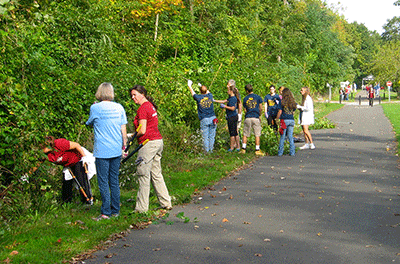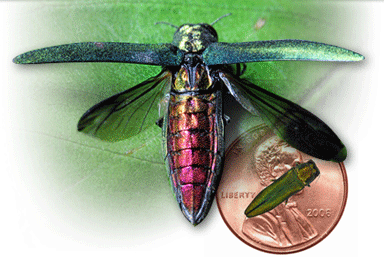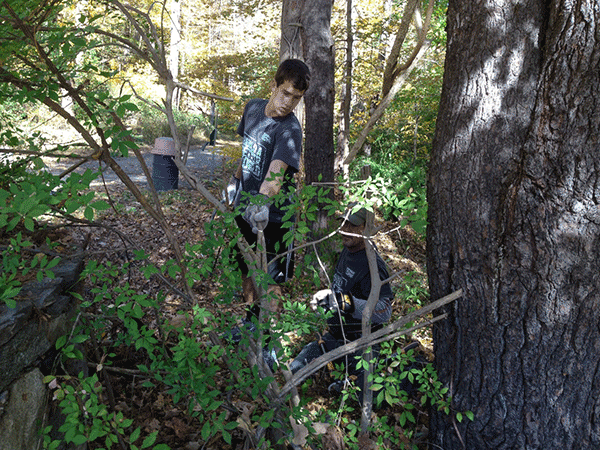Manage Invasive Plants and Encourage Natives
Norwalk River Watershed AssociationIn Connecticut, we have more than 100 types of plants that have been classified as invasive. While many of these were first introduced for their ornamental interest, they have ‘escaped’ their individual landscapes into far-flung areas of our environment, resulting in numerous negative impacts on the entire ecosystem. Invasive plants provide little or nothing for native wildlife to eat. The seeds and berries of native plants are crucial for native insects, butterflies, moths and other pollinators as well as birds and other small animals. Becoming familiar with the common invasives is the first step toward taking action to halt their growth and spread on your own property and beyond, into the wetlands, meadows and forests. When possible, encouraging existing natives or replacing invasives by planting native species can help restore our neighborhoods to their natural beauty and healthy conditions.
commonly known as burning bush, from Merwin Meadows in Wilton.

along the Norwalk River Valley Trail at Union Park in Norwalk.
Also Watch Out for Invasive Insects
Several new insects have taken hold in our area and are beginning to cause serious damage to their target trees. The Asian Long-horned Beetle and the Emerald Ash Borer are two of these most recently found in our environment. Connecticut DEEP offers information and photographs of these organisms, their lifecycle and how to diagnose their presence in our trees.

Emeral Ash Borer

Asian Longhorn Beetle

